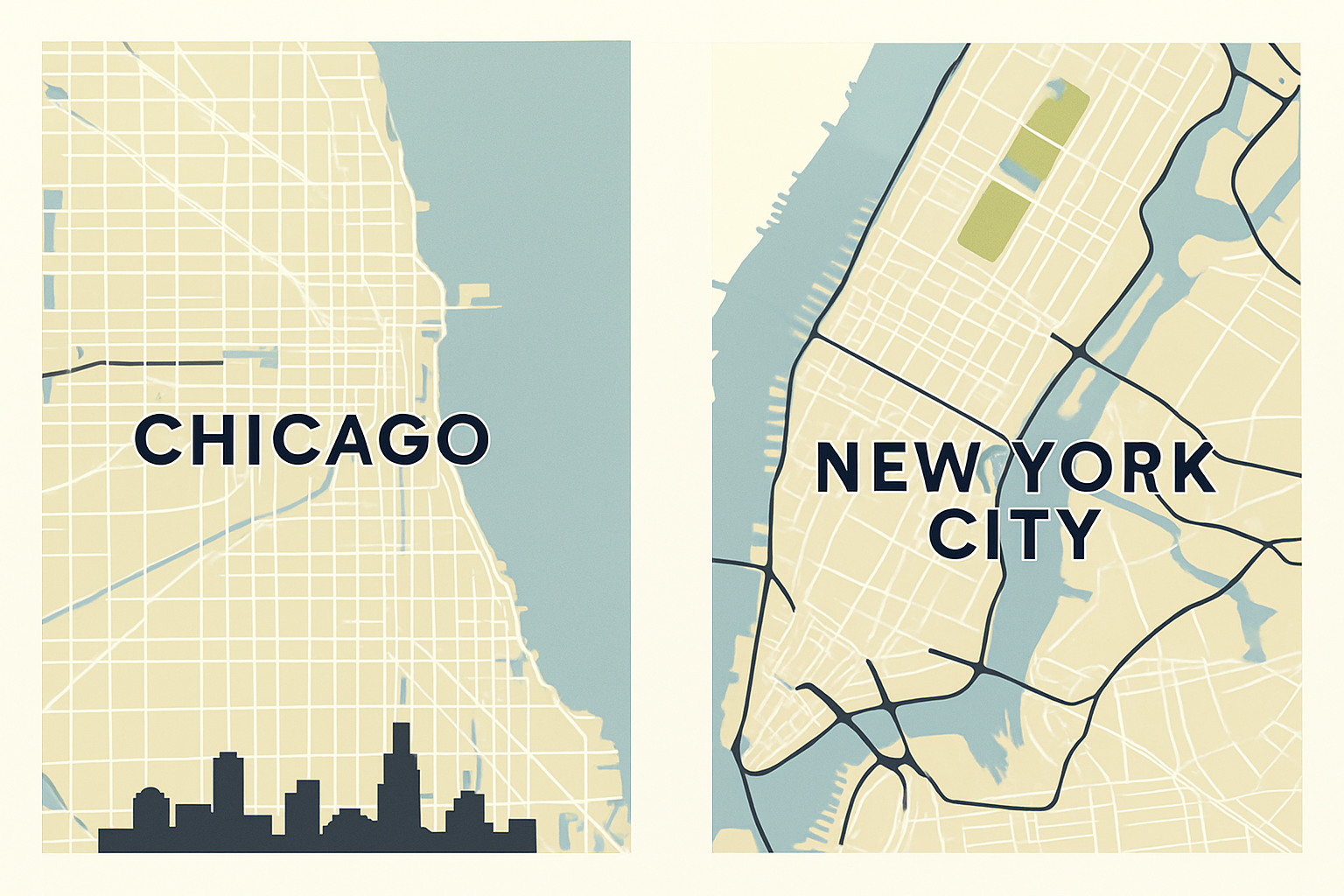Using quote conversion data to diagnose pricing—without proper context—is like trying to navigate New York City with a map of Chicago.
You’ll still be moving. You’ll still be making decisions.
But you’ll be solving the wrong problems, chasing the wrong streets, and ending up lost and frustrated that your inputs aren’t producing the outcomes you expected.
That’s what happens when we treat quote conversion and lost sales data as a clean window into pricing performance. The data might look like a map—but it’s not a map of the territory you’re actually in.
The Wrong Assumption, Repeated Often
When clients ask us to pull quote conversion or lost sales data, there’s usually one assumption baked in:
“This will show us how competitive our pricing is.”
And yes—price might be part of the story. But it’s rarely the whole story.
In fact, when we assume price is always the deciding factor, we risk drawing the wrong conclusion and fixing the wrong thing.
The Reality: Quote Data is Noisy
Quote conversion data doesn’t live in a vacuum. It’s impacted by a host of non-price factors that don’t show up in the spreadsheet:
- Availability
- Proximity to the jobsite
- Brand preference
- Relationship strength
- Sales rep follow-up (or lack thereof)
If we ignore these, we’re misreading the signals—and usually, that leads to pricing decisions that quietly erode margin.
Here’s a Better Set of Questions to Ask
Instead of stopping at “price was too high,” ask:
- Are we their preferred supplier?
Or are we a secondary, tertiary, or just a specialty backup? - What was our inventory position?
Did we have what they needed in stock and ready to go? - Could we deliver it where they needed it, by when they needed it?
(Contractors care more about avoiding job delays than saving 2%.) - Is the brand we quoted one they know, like, and trust?
Or did we quote an unknown or lesser brand against a familiar favorite?
If you’re losing business but didn’t follow up to uncover these insights, then you’re not working with real data—you’re working with assumptions.
Relationship Beats Price—Most of the Time
Here’s an uncomfortable truth:
If the customer wanted to buy from you—and had a strong relationship with your sales rep—they probably would’ve worked through the price.
That conversation didn’t happen? That silence is data too.
A strong relationship creates room for dialogue.
A weak one ends with ghosted quotes.
So when a quote goes cold, don’t automatically slash the margin.
Ask: Did they actually want to buy from us in the first place?
Conversion Data is a Mirror—But It’s Foggy
Quote and lost sales data can be helpful, but only when interpreted in context.
If you assume price is the only story, you’ll cut margins when you should be improving service, availability, or brand alignment.
So before adjusting your pricing strategy based on quote data, make sure you’re using the right map.
Because if your goal is to navigate a competitive market…
The only thing worse than having no map—is using the wrong one.


